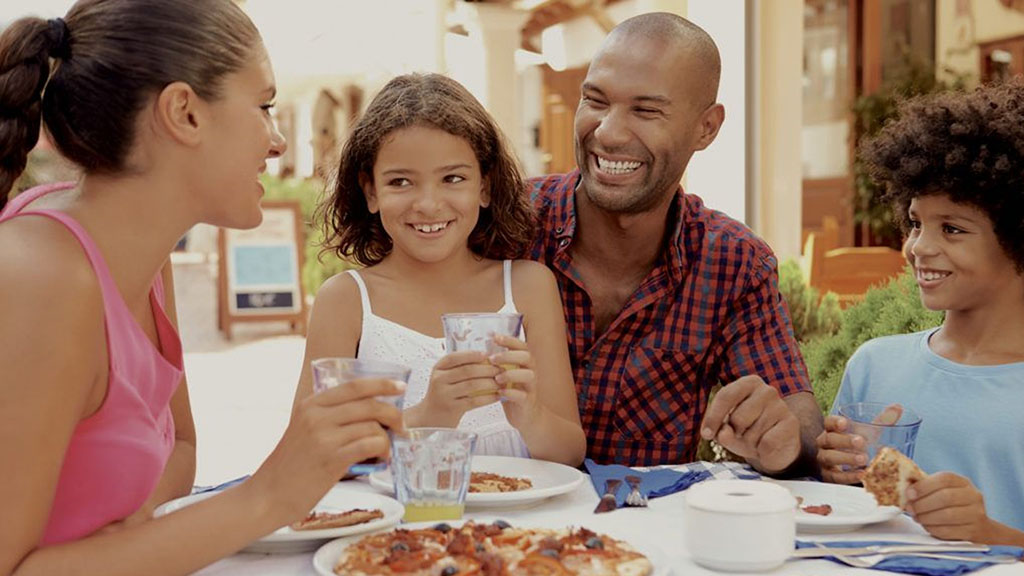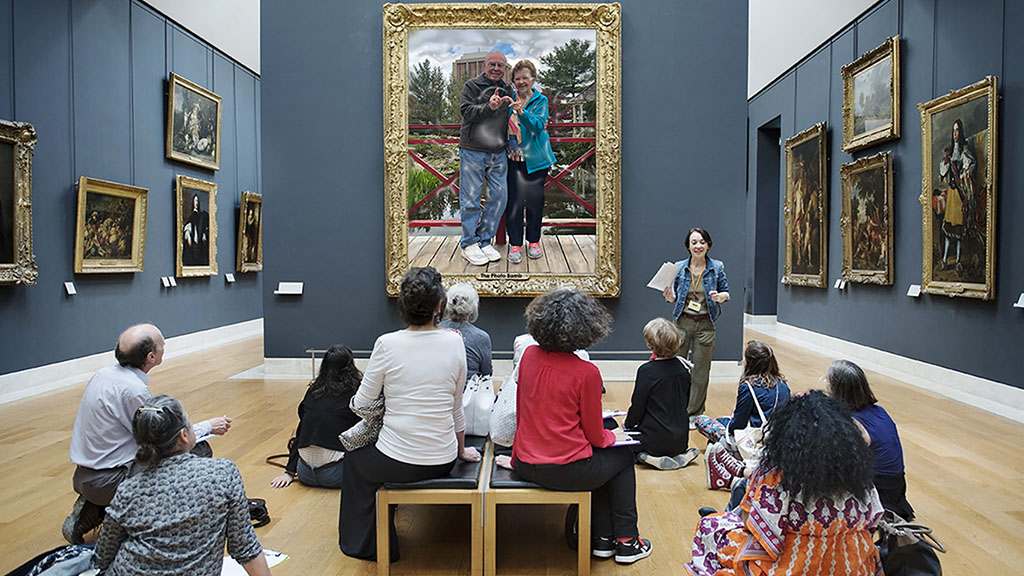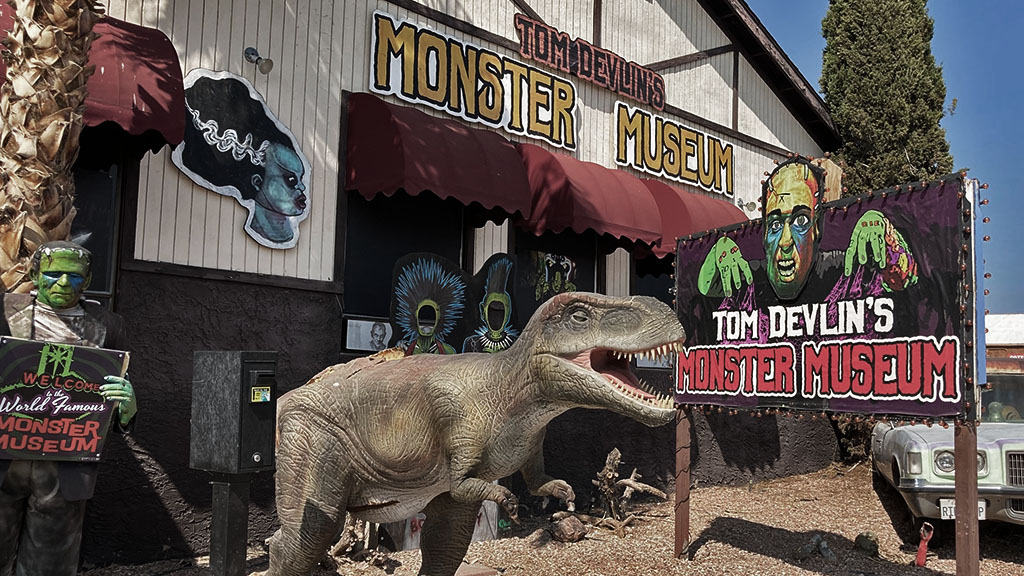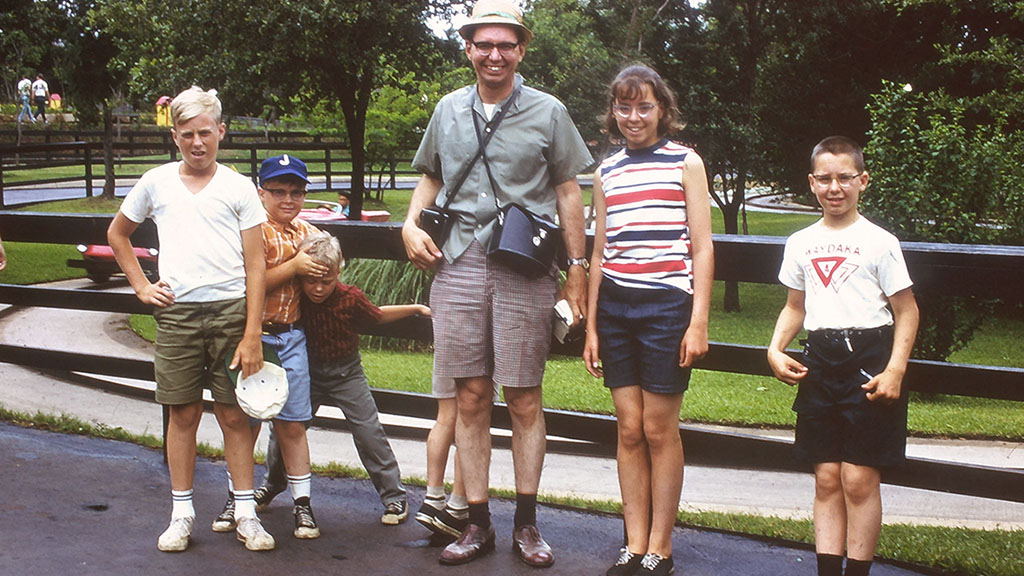We routinely suggest that as a first step in any retail or entertainment design, to review the guest (shopper) “trip motivation” of end users – the customer, shopper, guest, or patron – of the facility. And as well, to evaluate the competitive position of each facility against such end-user trip motivations.
“Trip motivation” is simply … what is the reason for a particular person or group to leave their home or hotel room, to take part in an out-of-home experience? And we’d note that not all out-of-home experiences are leisure-time or as individuals and small groups of friends … some of these experiences are corporate, travel, and larger group oriented.
Some questions that guest (shopper) trip motivation seeks to answer are:
- How do people decide what to do with their leisure-time, once they decide to leave their home or hotel room?
- How does this change by day of week, or month, or time of year?
- Apart from residents, visitors, and daytrippers, businesses have their own reasons for leaving the office, or hotel room …
- And are consumers acting alone or with others, whether family, friends, associates, or common interest strangers?
Most destination places do not compete strongly in all types of guest (shopper) trip-motivation, but rather, most destination places tend to be (or better be) “category killers” in several. So-called “location-based entertainment” facilities are a good example of destination places with strong consumer appeal in just a few key categories of out-of-home behavior.. Since first creating and undertaking research about this kind of consumer behavior, we have benefitted by additional data and geofencing capabilities available from 3rd-party providers of consumer locations (footfalls).


















